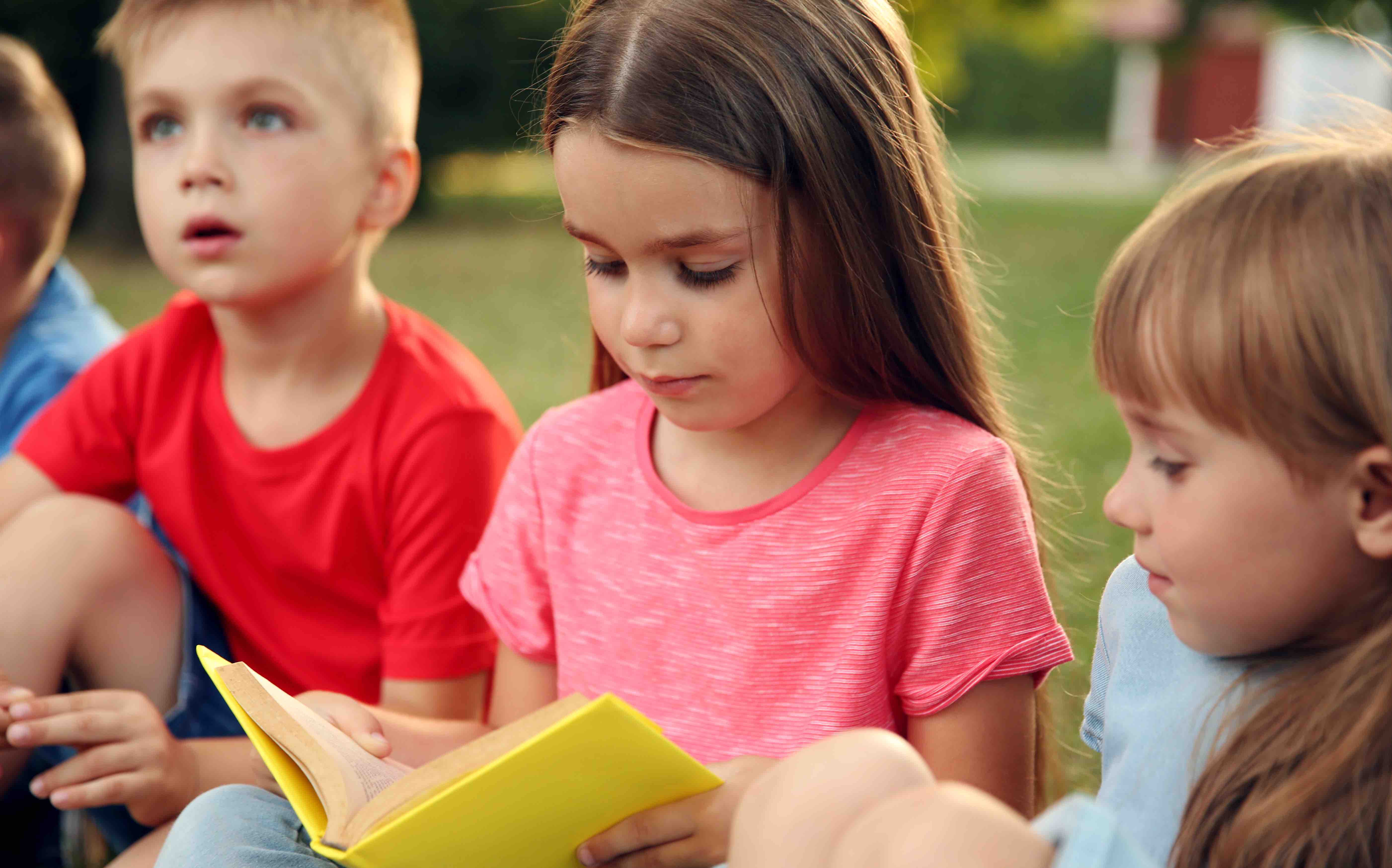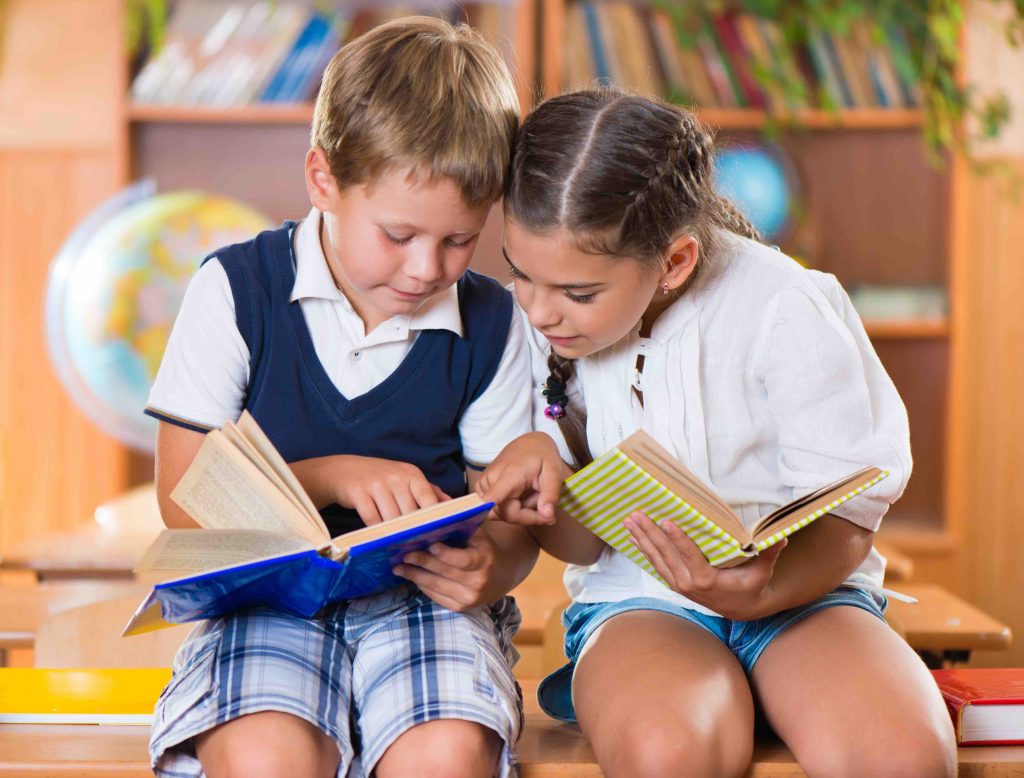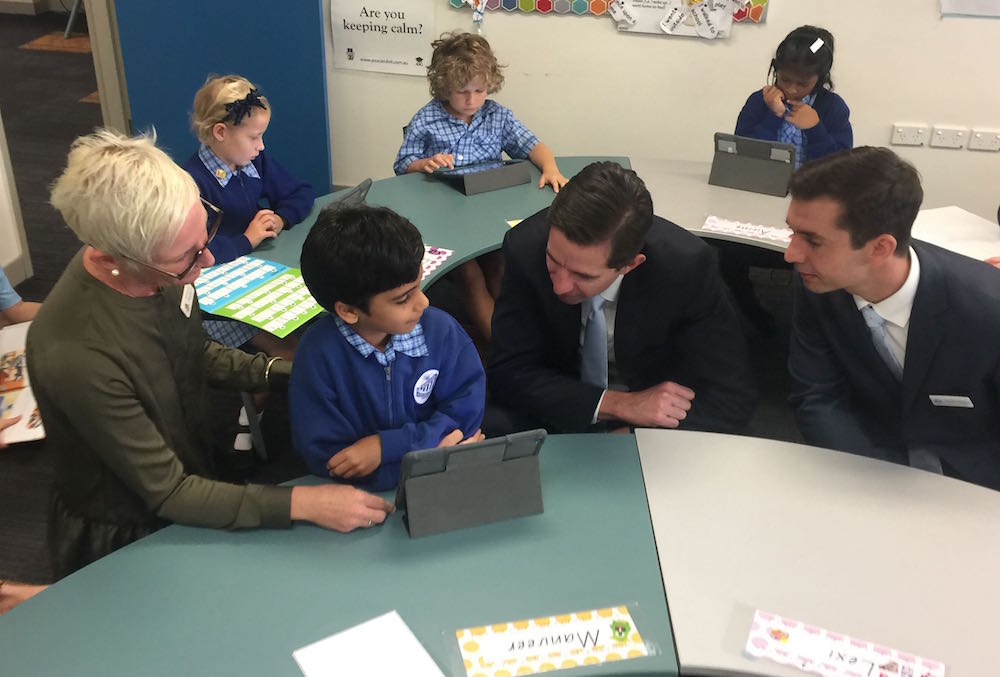No one left behind: How children’s publishing has become more accessible than ever
From visual storytelling to audiobooks, inclusivity is rewriting the rules of children’s publishing.

Over the past quarter century, children’s publishing has undergone a dramatic transformation. Once a niche corner of the literary world, it has exploded into a powerhouse of global storytelling, technological innovation, and—most importantly—greater accessibility for all young readers.
Alex Allan is the Chief Executive Officer of Fremantle Press, an independent Australian publisher, and has over two decades of experience in global publishing, including many years working as Global Publisher for DK (Dorling Kindersley).
Read the latest print edition of School News HERE
Allan associates the late 1990s—a moment the publishing world will forever associate with a certain boy wizard— as when the shift in children’s publishing began. “The key period to talk about is probably the late 90s—this is when the Harry Potter phenomenon started to hit, and this marked a major key-change in the global children’s book market,” she explains.
The success of Harry Potter wasn’t just about magical storytelling; it signalled the beginning of a new era. “Children’s books in the 21st century have provided riches beyond compare for young readers. Such an explosion of creativity… and a recognition that children’s literature can fuel significant global entertainment,” Allan adds, citing franchises like The Hunger Games, Percy Jackson, Wimpy Kid, and How to Train Your Dragon.
Yet, even as children’s books boomed in popularity, publishers were faced with an increasingly distracted audience. The rise of smartphones, tablets, and gaming platforms introduced stiff competition for children’s attention. To adapt, she explains, the industry embraced innovation—and inclusivity.
Books that look different
Many modern children’s books are now designed with accessibility at the forefront. From shorter word counts and larger page extents to generous use of white space, today’s texts are built to invite readers in, not intimidate them.
“Major middle grade hits of the last 15 years, How to Train your Dragon (2003), Wimpy Kid (2007) and Tom Gates (2011) all had significant illustrated elements embedded throughout the text, appealing to young readers who were less inclined (or perhaps even less able) to digest densely typeset books,” Allan explains.
Allan says that the trend for shorter word counts, larger extents (number of pages) and less intimidating type-setting is perhaps best illustrated by changes to the formatting of Harry Potter and the Philosopher’s Stone over the past two decades. “The first edition was 223 pages. The 25th anniversary edition had grown to 352 pages—still the same 76,944 words.” That change is all in the typesetting, she explains, a subtle yet powerful illustration of how visual presentation has shifted to support emerging readers.
Validating visual learning
Another major step forward in accessibility has been the rise of graphic novel adaptations. “I’m a fan of these,” says Allan. “Anything that allows more kids to participate in a book franchise, to collect books, and to read and share stories with friends is a plus.”
These adaptations make stories visually engaging while retaining emotional depth and narrative complexity—an ideal bridge for reluctant readers or those with learning differences.
Even nonfiction has evolved to meet these needs, and there has been an increase in accessibility of children’s texts with the recognition that not all kids are able to digest dense, tightly set text.
“More than one senior publishing colleague told me that as a child they had struggled to read… but had wound up working in information books, because the illustrated non-fiction approach of DK appealed to them as visual learners,” Allan recalls.
“Photos, illustrations, maps, and diagrams can all be read and understood as well as pure text. This is a key part of making sure information reaches kids in the classroom.”

Familiar faces
Accessibility isn’t just about format—it’s also about familiarity. Characters from television, film, and video games are increasingly being used to build reading habits. “If our mission is to give every child a way into reading, then a familiar or beloved character from TV or video games is fine by me,” Allan argues. From Bluey to Minecraft, media tie-in books are topping sales charts, not in spite of their origins, but because they offer an accessible entry point into the world of reading.
While some formats—like sticker and activity books—have waned in popularity (especially for kids over five), digital replacements such as learning apps and interactive games have filled the gap. “It feels like the iPad/smartphone has effectively replaced much of this early book content,” Allan observes. Though this trend certainly has downsides in terms of building pre-literacy and pre-writing skills, it reflects yet another shift toward personalisation and ease of access.
A new chapter: Audio and empathy
Looking to the future, audiobooks present exciting opportunities to expand accessibility even further. Though children’s audio hasn’t yet exploded like its adult counterpart, Allan says, the potential is huge.
“For the purist, perhaps audio for kids doesn’t feel like reading,” Allan acknowledges. “But I think it is important to remember that decoding text is really just a means to an end. It is a brilliant way humans have developed to share knowledge, create tension or drama, build characters, explain concepts and give meaning. Oral storytelling does this as well.”
Audiobooks—like visual formats—allow kids to absorb narratives, build empathy, and explore moral questions, even if they struggle with traditional reading.
The bottom line
What ties all of these trends together is a growing understanding that there is no one-size-fits-all reader. Whether through visual storytelling, digital formats, or beloved characters, children’s publishing has expanded not only what stories are told, but how they are told.
“Telling stories and then writing them down was perhaps born out of this belief that the complexity of human thought and experience should not be lost for future generations, it should be passed on and shared” Allan says.
“But if we have other technologies that can help us do this – like audio – we should embrace them.”
“Particularly for kids, we know that so much important stuff happens when they read that is not about decoding text: all the great stuff you get if you’re a reader like understanding new perspectives, walking a mile in someone else’s shoes, building empathy, drawing strength from others’ examples. This should be available to every child.” Alex Allan
In an age of distraction, the children’s publishing industry is quietly and powerfully doing what it does best: giving all kids a reason to open a book and turn the page.







